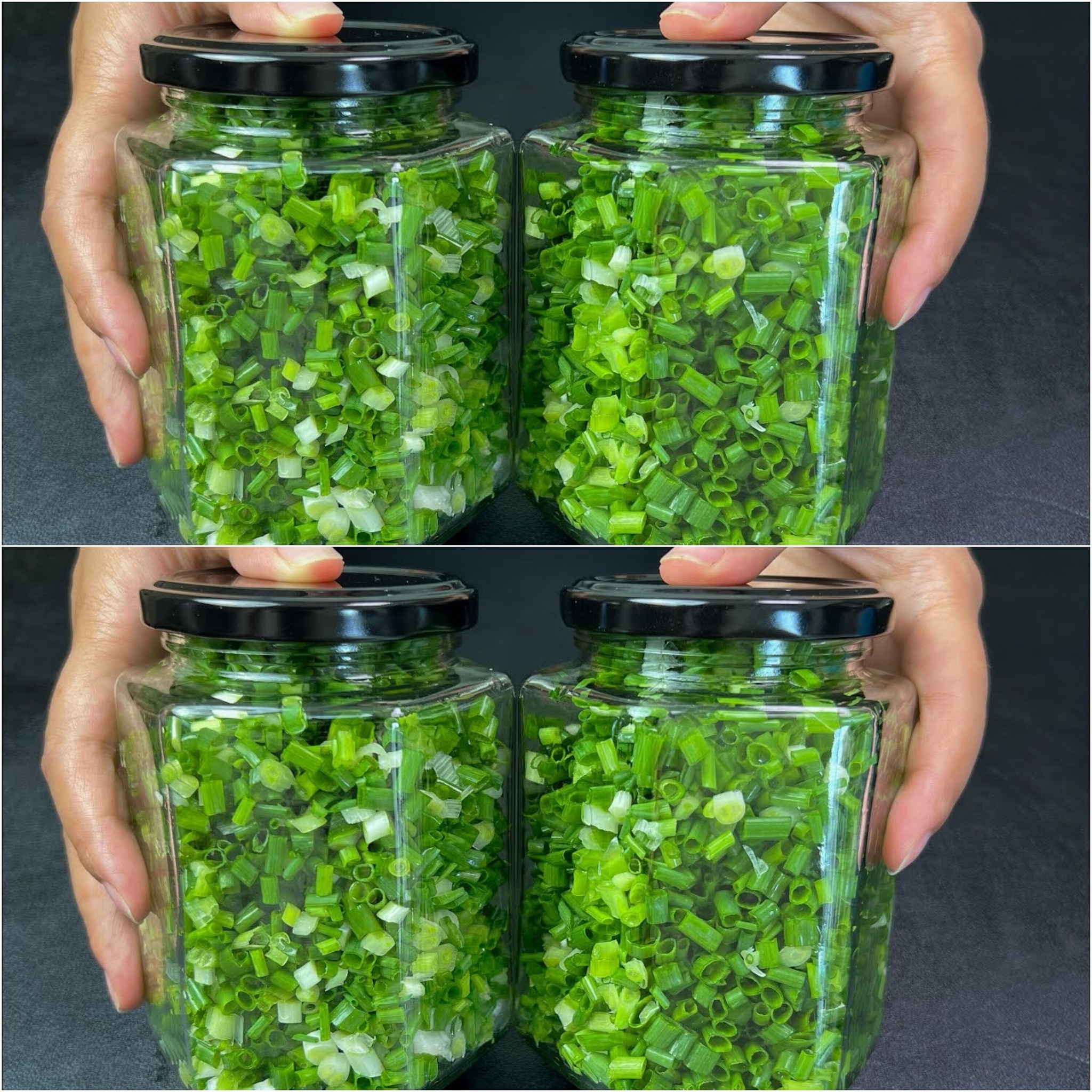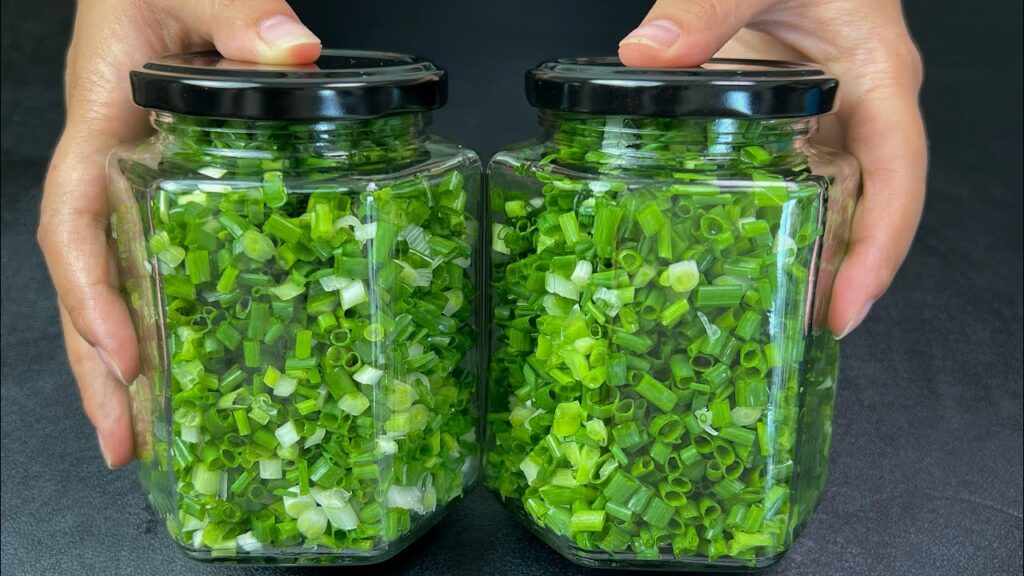

Keeping your vegetables fresh longer not only helps in maintaining their flavor and nutritional value but also reduces waste and frequent trips to the store. Here are some practical storage tips to extend the freshness of your vegetables, ensuring you always have healthy ingredients at hand for your meals.
1. Understand Your Vegetables
Different vegetables require different storage methods. Some thrive in cold environments, while others prefer room temperature:
-
Root vegetables (carrots, beets, turnips): Store these in a cool, dark, and dry place. A cellar or a cool drawer in your refrigerator is ideal.
-
Leafy greens (lettuce, spinach, kale): Wrap these loosely in a damp towel and store in the crisper drawer of your refrigerator.
-
Tomatoes: Keep at room temperature away from direct sunlight to maintain flavor and texture.
-
Onions and garlic: Store in a cool, dry, and well-ventilated area. They prefer darkness to avoid sprouting.
2. Preparation for Storage
How you prepare vegetables before storage can significantly affect their longevity:
-
Do not wash: Moisture can promote decay. Wash leafy greens and other vegetables just before you plan to use them.
-
Trim leafy tops: Remove any leafy tops from carrots, radishes, or beets before storing to prevent them from drawing out moisture from the roots.
3. Use of Containers and Bags
The right containers can make a big difference:
-
Airtight containers: Use these for chopped or peeled vegetables to keep them fresh and avoid odor absorption from other foods.
-
Perforated plastic bags: These allow for air circulation and can be great for storing produce like mushrooms and green beans in the refrigerator.
4. Optimal Humidity and Temperature
Maintaining the right environment in your refrigerator is crucial:
-
Crisper drawers: These are designed to hold moisture in to keep your produce fresh. Adjust the settings according to what you are storing—higher humidity for leafy greens and lower for fruits prone to spoiling.
-
Keep fruits and vegetables separate: Fruits often give off natural gases that can hasten the spoilage of nearby vegetables.
5. Regular Checks
Make it a habit to check your vegetables periodically:
-
Rotate the stock: Bring older vegetables to the front to use them first.
-
Check for spoilage: Remove any spoiled or damaged items to prevent the spread of rot to healthy produce.
By following these tips, you can enjoy fresh vegetables for longer periods, making the most of their taste and nutritional benefits. This not only supports a healthy diet but is also cost-effective and environmentally friendly. So next time you stock up, remember these simple practices for optimal vegetable storage!